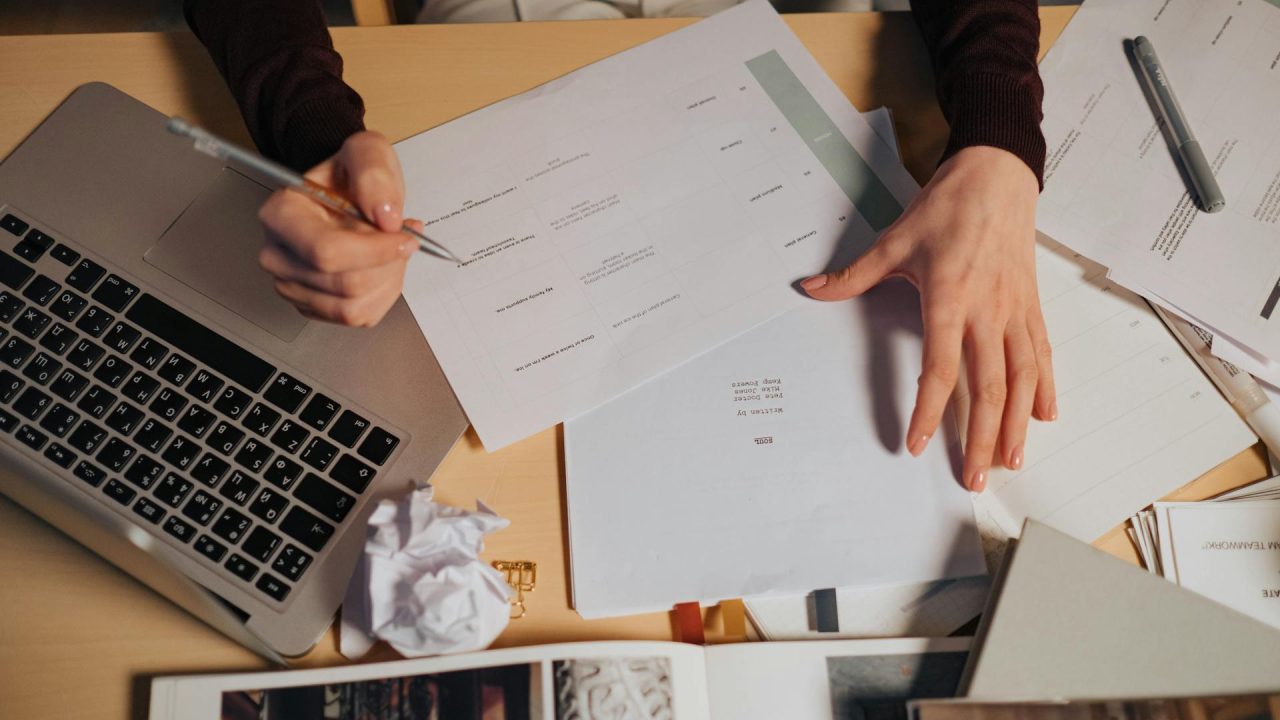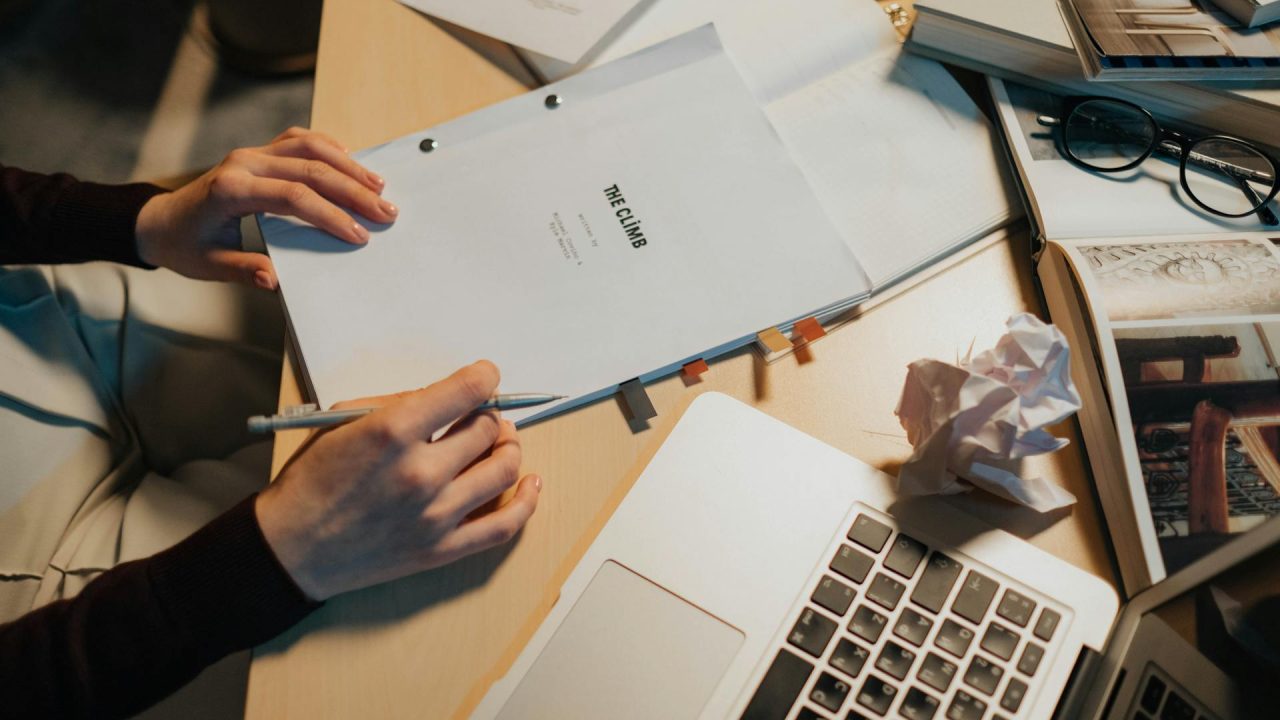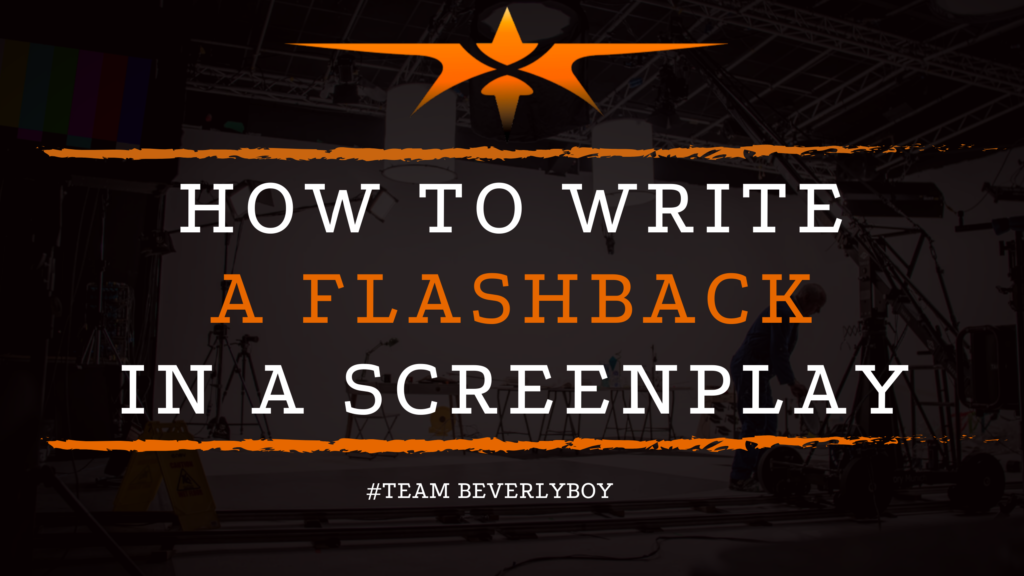How to Write a Flashback in a Screenplay
Are you new to screenwriting and worried about all the times you’ve been told NOT to write flashbacks into your scripts? The “Pros” are constantly handing out advice to newbies and it almost always seems to center around warning aspiring screenwriters against the use of flashbacks in their screenplays, but why? If you know how to write a flashback in a screenplay, then what’s the big deal with doing so? What could possibly go wrong?

The reality is, amateur screenplay writers frequently include flashbacks into their scripts. But they don’t necessarily approach the process from the right angle.
And they often miss the mark in terms of using the flashback to drive the narrative in a way that keeps the audience entertained and engaged.
In fact, amateur writers frequently incorporate flashbacks into their scripts and the result is more of a distraction from the narrative than it is an enhancement, but where does it go wrong?
Enhancing the Flow
When it comes to learning how to write a flashback in a screenplay, it’s very important for the screenwriter to focus on writing the flashback.
In a way that it actually enhances the flow of the narrative rather than disrupting it. Let’s take a look at how you can achieve success in writing flashbacks in your screenplays.
What is a Flashback in Film?
By definition, a flashback represents a particular scene within the narrative that interrupts the chronological narrative.
Flashbacks take the narrative back in time and a flash forward will take the narrative ahead in time.
A flashback can actually go back a significant amount of time to show an event or action that happened much earlier in the story.
Or it might go back just a small fraction showing an event or moment of the very distant past.
1) the internal flashback and 2) the external flashback.
The internal flashback represents an event that already happened as part of the story and the character is reflecting upon.
The external flashback represents an event that occurred before the story started outside the primary timeline of events.
When to Use a Flashback
Learning how to write a flashback in a screenplay requires you to carefully consider the narrative, the chronological placement of the flashback, and how the flashback will enhance the story.
Flashbacks should intrigue your reader, but they should not be distracting in any way and they certainly should not leave your audience feeling disoriented.
Or as if they are not following the script or story fully.
Rookie Mistakes
Screenwriters, especially aspiring screenwriters or beginners? They often make the mistake of including a flashback just for the sake of saying they used the device.
Or they make the mistake of using the flashback too frequently.
Don’t make either of these mistakes when it comes to writing a flashback in your screenplay!
The flashback should only be used when necessary and when it adds value to your story delivery.
Consider writing a flashback for any of the following purposes:
- Expose past trauma or a defining moment of distress for a character.
- To illustrate a character’s emotional reaction to a startling revelation.
- Illustrate a nostalgic memory from a character’s past.
How to Write a Flashback in a Screenplay

From a stylistic standpoint, learning how to write a flashback in a screenplay is a relatively simple process that requires the screenwriter to follow some essential formatting.
First, you’ve got to determine the style of flashback that you’ll be writing into your screenplay.
Formatting the Flashback into a Screenplay
Once you’ve decided on the type or style of flashback that you will write, and you’ve established a strong purpose for the flashback, learning how to write a flashback in a screenplay is simple.
The formatting requires you to follow basic nuances based on the style of flashback that you are writing.
When writing a memory hit flashback, or a “quick flash” there will be a slugline that introduces the flashback with the term “Quick flash” or “Flashes” or “Memory Hit”.
Followed by the actions or flashes listed by dashes followed by the indicator that the flashback has ended.
You’ll format as follows:
QUICK FLASH OF MARGARET’S LIFE
— Running
— driving
— buying groceries
— building a puzzle
BACK TO SCENE
Modifiers
When writing a flashback montage, the formatting will be similar to a regular montage except you’re going to have the modifier FLASHBACK incorporated into the screenplay.
Generally just before the slugline. You’ll write the full slugline for each new location as you would with a standard montage or you could use em dashes to signify each new location.
You’ll format as follows:
INT KITCHEN – NIGHT (FLASHBACK)
MATT’S DIALOG continues over the FLAHSBACK
MATT is cooking in the kitchen, …
CUT TO:
INT BEDROOM – NIGHT (FLASHBACK)
KIM sits on the bed…
Slugline
When writing a full-scene flashback a modifier will be included at the end of the slugline to indicate the flashback.
And when the flashback scene is complete the words “END FLASHBACK” or “BACK TO SCENE” are included to transition back to the present day narrative.
You’ll format as follows:
FLASHBACK – EXT. ALLEYWAY – NIGHT
Some prefer to indicate the flashback prior to the slugline and then indicate the end of flashback at the end of the scene.
For example:
BEGIN FLASHBACK
EXT. KIM’S PARENT’S HOUSE – DAY
action….
END FLASHBACK
No Right or Wrong
There are many ways to format the flashback into the screenplay and there is no real “right” or “wrong” when it comes to formatting.
Most important, the reader should easily be able to see where the flashback begins, and where it ends.
Without any question as to what action items and scenes are part of the flashback and what items are part of the chronological narrative.
Examples of Screenplays that Use Flashbacks
Flashbacks are used in some of the most popular films of our time. They are literary devices which are frequently used with great success.
Provided they are incorporated into the narrative in a way that drives the narrative and enhances the story rather than stopping it dead in its tracks.
Consider the following films which use flashbacks with great success to deliver the strategically planned narrative:
- The Shawshank Redemption
- Fried Green Tomatoes
- Fight Club
- The Godfather II
- It’s a Wonderful Life
In Summation
Certainly there are many other films that also use flashbacks. But as you’re learning how to write a flashback in a screenplay?
It makes sense to familiarize yourself with these films that have used flashbacks with profound success.
Use them as a guideline, along with the tips previously mentioned, to become a pro at writing flashbacks into your own screenplays.


